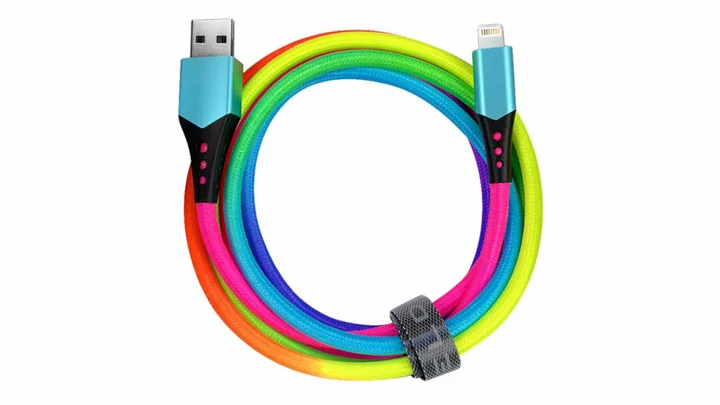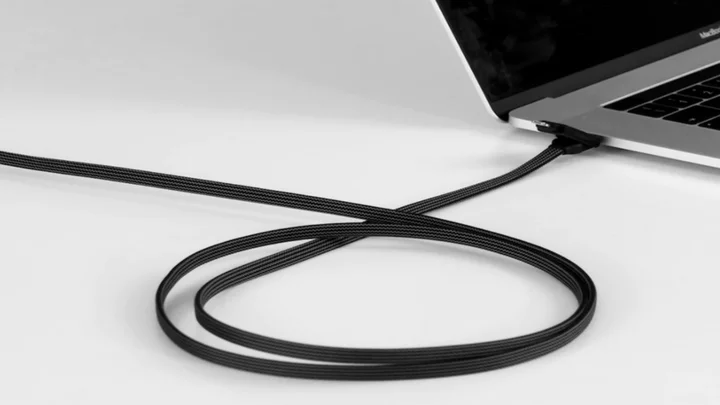Heart rate monitors (HRMs) can be immensely beneficial if you know how to use the information they collect. Exercise has dramatically different effects on the body depending on how high you push your heart rate and for how long. Training intelligently means using heart rate data to guide your workouts. Sometimes you might want to keep your heart rate relatively low to burn fat or pace yourself for a longer workout, but other times you might want to push it higher to build stamina. Another reason to own an HRM is to keep an eye on your resting heart rate with a device that can automatically record it for you.
There are many types and styles of monitors available, including those that come in some of our favorite fitness trackers and other health and fitness tech. This article looks at standalone HRMs, though many pair with a fitness tracker or a sports watch for convenience. We cover all the benefits of these separate monitors and list our favorites below. Make sure to read our buying guide at the end as well for some relevant shopping advice.
How Are Electric and Optical Heart Rate Monitors Different?
First, you need to decide between a classic chest strap that uses an electrical pulse to read your heart rate and something that uses optical technology. Many Fitbit devices, the Apple Watch, and other wrist-based activity trackers rely on the latter, as do sports headphones that record heart rate data via in-ear measurements.
Scosche Rhythm24 (Credit: Scosche)Without getting too technical, chest straps read the small electrical signal your body creates to make your heart contract. Optical technology sends light into the skin and reads what reflects. Based on that information and what we know about how light scatters when it hits blood, these sensors translate the data into a pulse measurement.
Electrical technology tends to be more accurate. Measurements from the arm and wrist are more difficult because those body parts can swing rapidly during activity, thus creating noisier data. In-ear optical HRMs tend to be better than wrist-based ones because the ear doesn't move nearly as much. The skin of the ear works better for optical readings than the skin on the arm, as well.
Are Heart Rate Monitors Accurate?
Now that you know a little about how different HRMs work and why some are more accurate than others, it's important to address the issue of how much accuracy matters. There are generally two reasons consumers (i.e., not medical professionals or elite athletes) want to know their heart rate data: to know their resting heart rate and to use heart rate data for exercise and training.
Resting heart rate is easy to measure. You can read it by feeling your pulse with two fingers and counting it. You can also read it using a free app (such as this one from Azumio) and a smartphone camera. It's simple to calculate resting heart rate with or without a device, as well as compare data across methods.
More importantly, ask your doctor whether they care if your resting heart rate is, say, 58 versus 60. The answer is probably no. It's more important to know whether your resting heart rate is within a healthy range. If your heart rate is 80 when it should be closer to 60, that's a potential concern. The point is that a super fine degree of accuracy isn't important for most consumers.
Similarly, when people use their heart rate for training and exercise, the exact number of beats per minute matters less than the heart rate zone. Many fitness apps and smart home gym machines that pair with HRMs either estimate or calibrate custom heart rate zones for you and show them on a graph with the zones blocked out in different colors. The point, again, is that knowing the exact number of beats per minute isn't as important as knowing that the reading falls within a general range.
There is one more use of heart rate data, and here, accuracy does matter more, but it's a different kind of accuracy. Heart rate recovery, or how quickly your heart rate decreases after intense activity, is a great measurement of one's health and fitness. In our testing, chest straps are much more accurate than optical heart monitors for this kind of reading. Optical monitors tend to lag slightly when it comes to detecting rapid heart rate change. Is it enough of a difference to matter to the typical person? Probably not. But if you use heart rate data seriously for fitness, you might care more about this issue.
Polar H9 (Credit: Polar)Are ANT+ or Bluetooth Heart Rate Monitors Better?
Many HRMs use ANT+, a wireless technology that's been around since before Bluetooth became popular and is common in a lot of other sports equipment, from bicycle cadence meters to treadmills. Phones don't typically support ANT+, however. If you want to pair an ANT+ device with a phone and app, you often need an adapter. Heart rate monitors that use Bluetooth are much easier to pair directly with your phone. The most versatile trackers support both ANT+ and Bluetooth.
Should You Choose an Armband or a Chest Strap Heart Rate Monitor?
In terms of comfort, chest straps will never get a thumbs up across the board. Chest straps wrap snugly around the chest at the sternum, and if they're not tight enough, they can slide down or wiggle out of place. Repositioning them while you're in motion is tough. A bad one can chafe your skin, and they're poor at providing visual feedback because you can't see them.
We tend to prefer armbands over chest straps. They're much easier to wear, you can adjust them quickly even while you're in motion, and they don't cause chafing. They often have LEDs that flash different colors depending on your heart rate zone. That's the kind of visual feedback you can't get from a chest strap alone. With chest straps, you typically have to rely on a connected tracker to see your heart rate numbers.
Wahoo Ticker X (Credit: Wahoo)Can Heart Rate Monitors Do Anything Else?
Earlier, we mentioned in-ear optical HRMs. They're neat because they're built into sports headphones, so you essentially get two devices for the price of one. While these devices cost a lot more than other HRMs, they're a good value if you're also in the market for a new pair of wireless sports headphones.
And let's not forget fitness trackers and smartwatches. Many go beyond basic heart rate monitoring with the ability to take an electrocardiogram (ECG) to assess your heart rhythm for signs of atrial fibrillation (AFib)—an irregular heart rhythm that can lead to serious health problems. That list includes the Fitbit Charge 5, the Garmin Venu 2 Plus, the Apple Watch Series 8, and the Samsung Galaxy Watch 6, among others.









